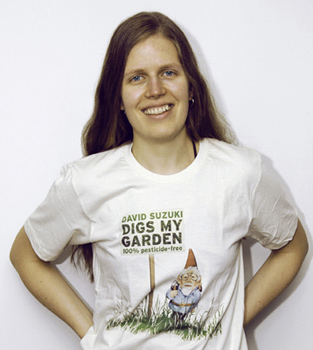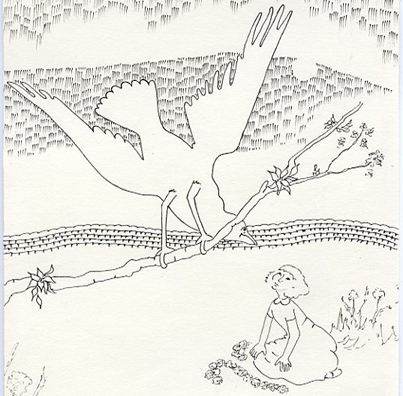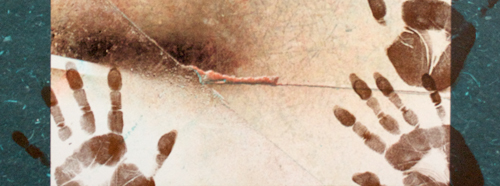new David Suzuki Foundation website
I’m claiming bragging rights and motherly pride in sharing news about what our daughter Erika has been working on for many months. Now launched, it’s the new website for the David Suzuki Foundation! It’s still a work in progress, she says, with more work ahead refining and adding features and responding to public input. Read all about it on Erika’s blog and please visit the DSF site in-depth for inspiring articles on how even small acts can make a difference on “environmental issues, sustainability and health.”
Most Canadians know geneticist Dr. David Suzuki who has been our environmental hero far longer than Al Gore! I may have mentioned him the first time on this blog on an earth day post. He’s probably best known through his thirty decades long broadcasting career with programs like The Nature of Things, (such as the one on crows recently) and science films such as The Geologic Journey series I wrote about last year.
As a family, we’ve taken different steps such as composting for over 35 years, but our Erika still nudges us in the right direction now and then. Not long ago, she suggested I not buy regular cocoa because it’s harvested using child labour. Despite the extra cost, I now feed my addiction with a fair trade organic choice along with the fair trade coffee I’ve already been buying. We’re not perfect but it all helps!
I hope you enjoy browsing through the new website for the David Suzuki Foundation. I’m proud of Erika’s graphic design work and her deep commitment to the cause and so very pleased for her that she loves her job!

photo credit: Nelson Agustin
















